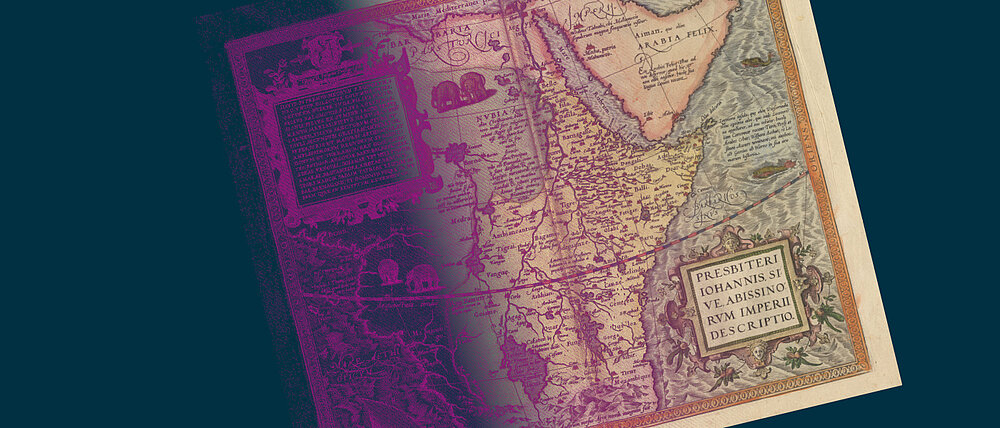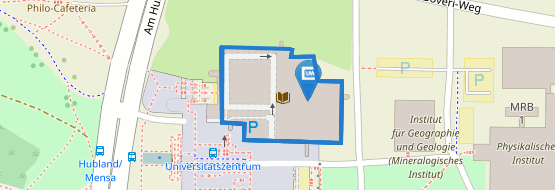Discovering Worlds - Myths and Facts between Heaven and Earth

With the great voyages of discovery, the view of the world changed; the continents of the Earth were mapped and charted, and knowledge about them was deepened and reevaluated. Great discoveries however were not only made at sea, the sky also came into scientific focus. Famous scholars like Nicolaus Copernicus and Johannes Kepler used their calculations to refute the prevailing theory that the Earth, and therefore mankind, stood at the center of the universe. The geocentric worldview was gradually deconstructed and - despite some vehement debate - replaced by a framework of facts and rules about the cosmos that is still valid today.
These new insights did not go unnoticed in Franconia either. For instance, starting around 1750, Johann Georg Neßtfell, a mechanic from Würzburg, built planetary machines that illustrated the movements of planets according to the Copernican system. They generated such great interest that he was commissioned to make such a machine not only for the Würzburg Prince-Bishop Adam Friedrich von Seinsheim but also for the imperial court in Vienna.
The masterpieces of cartography also met with unreserved enthusiasm: thus, at the request of the Prince-Bishop, the Atlas Maior by Joan Blaeu had to be acquired under any circumstances and at any cost.


